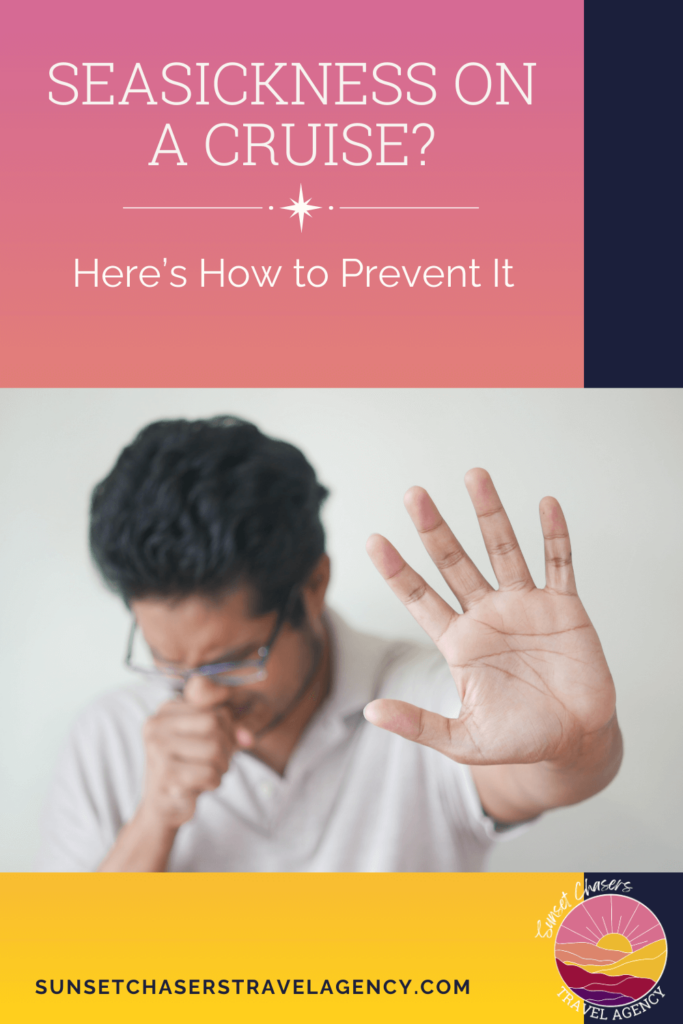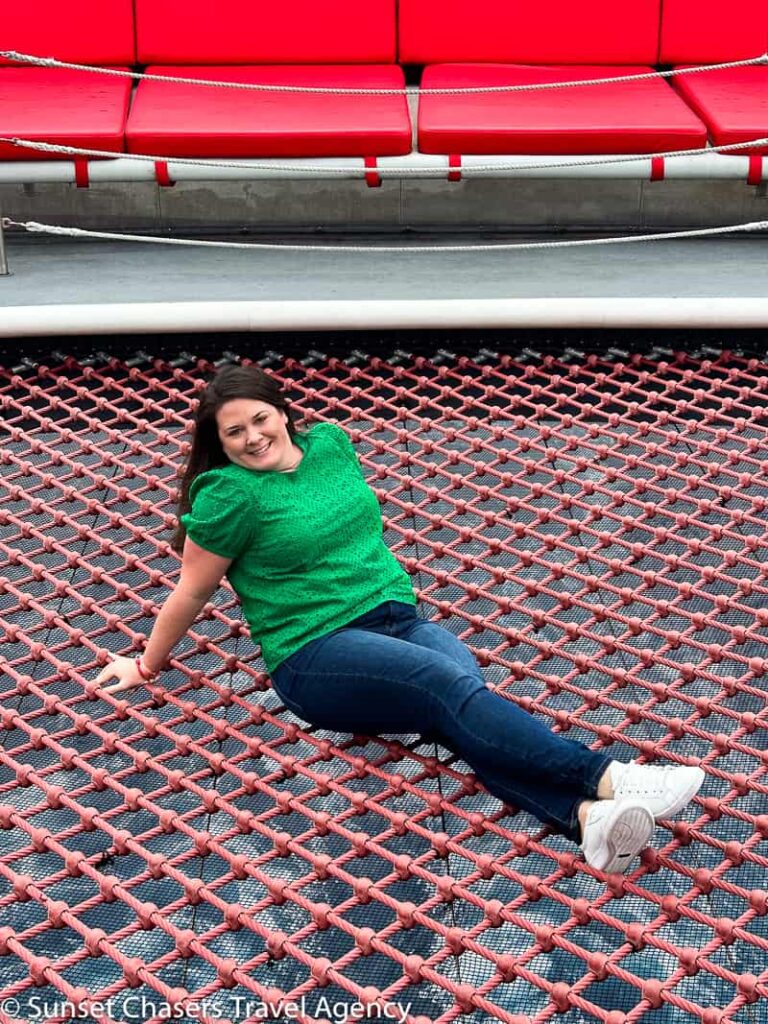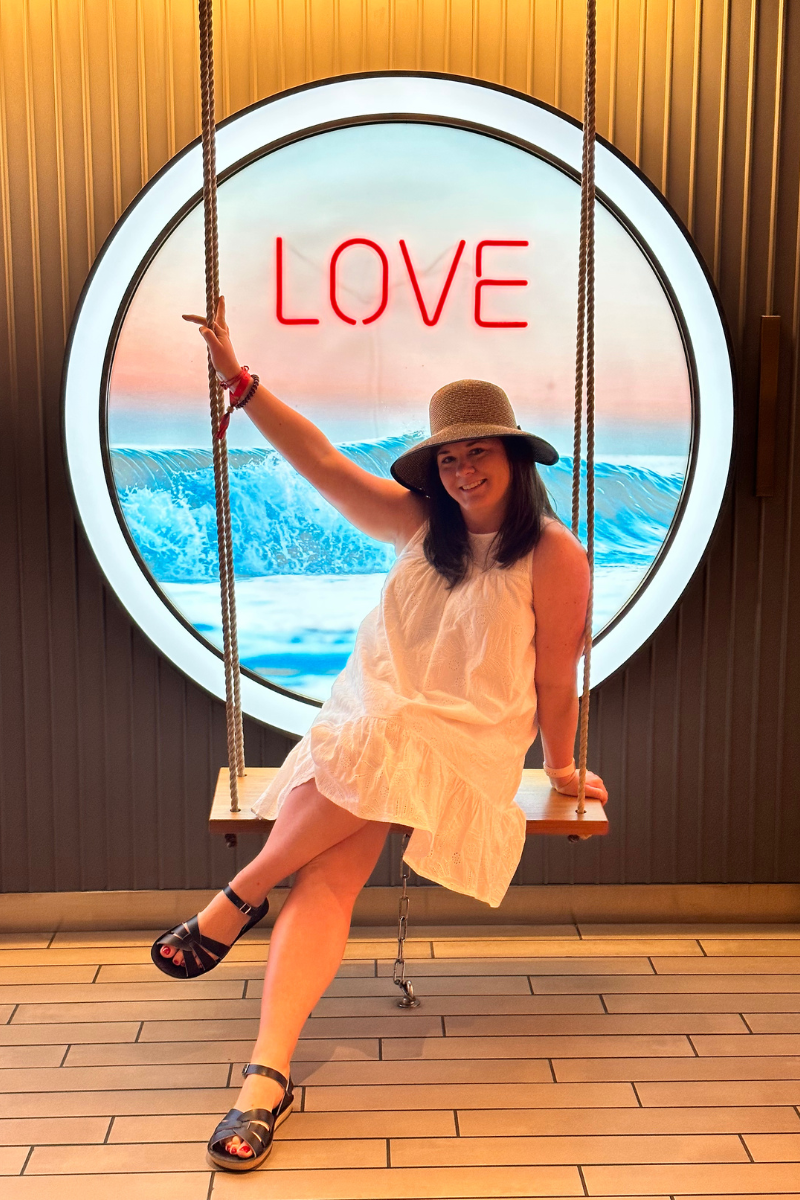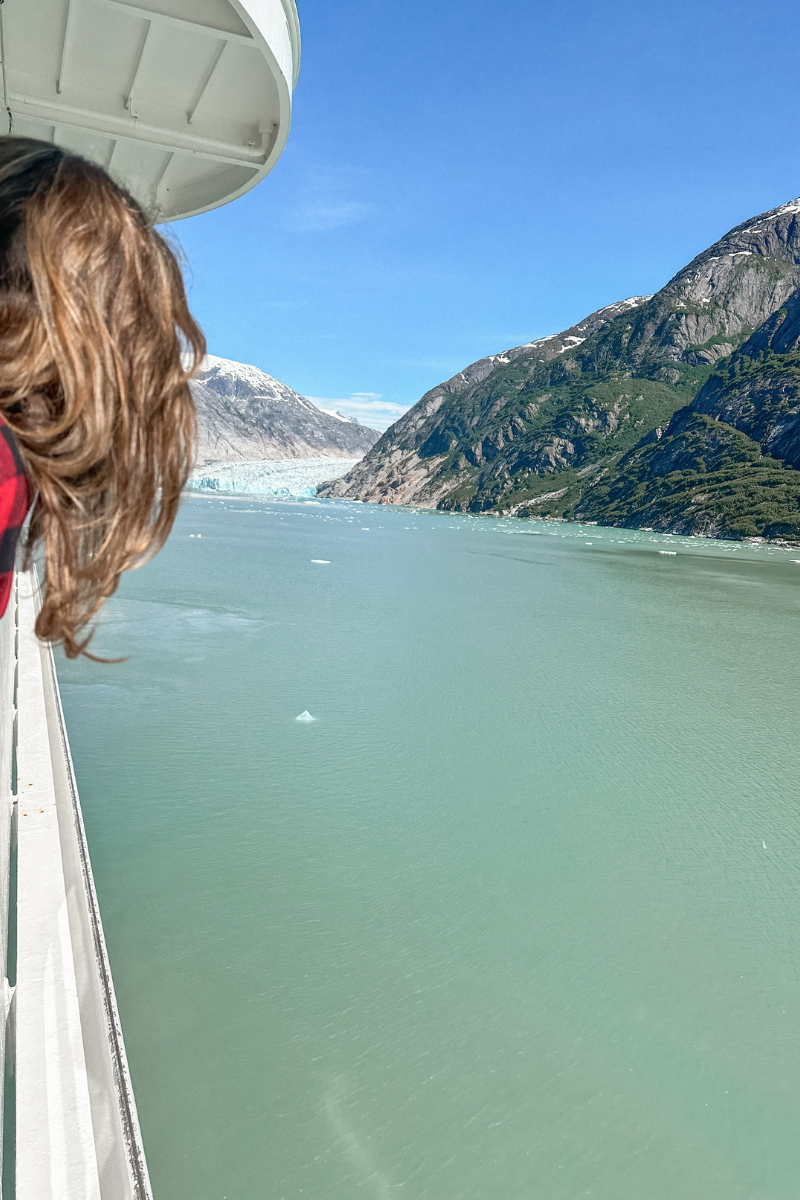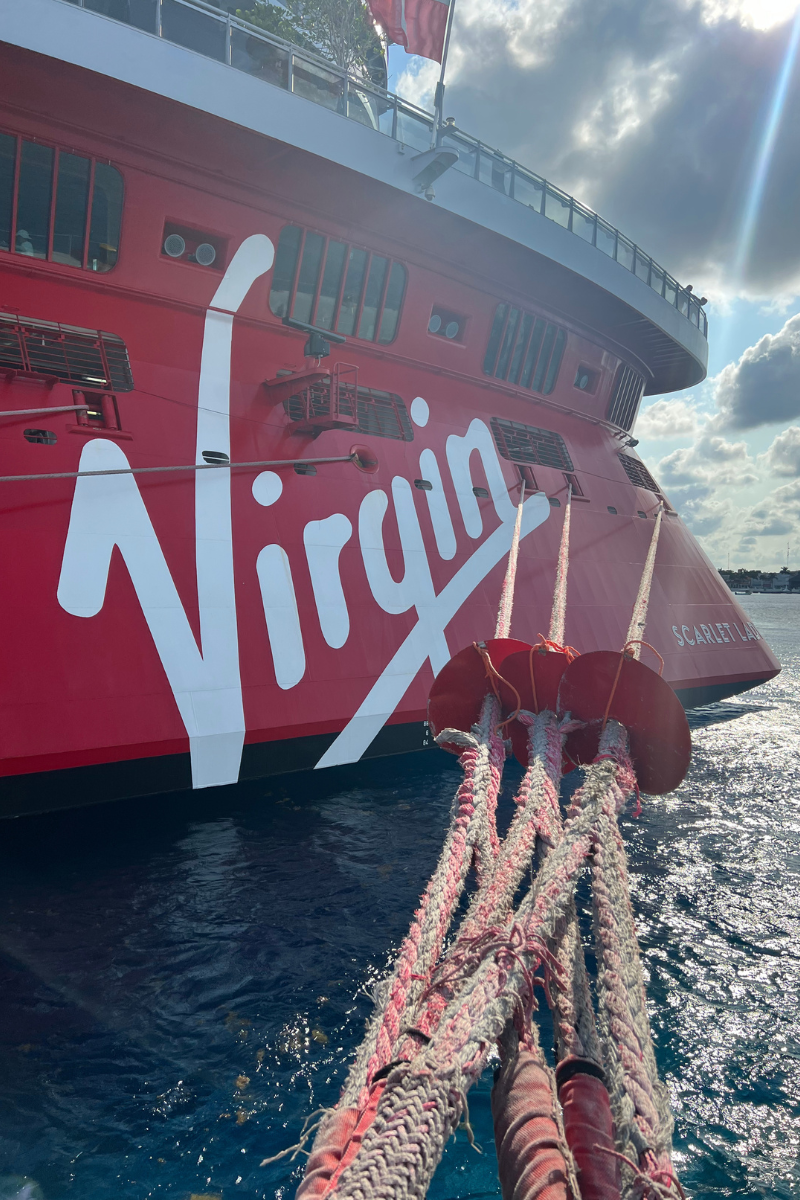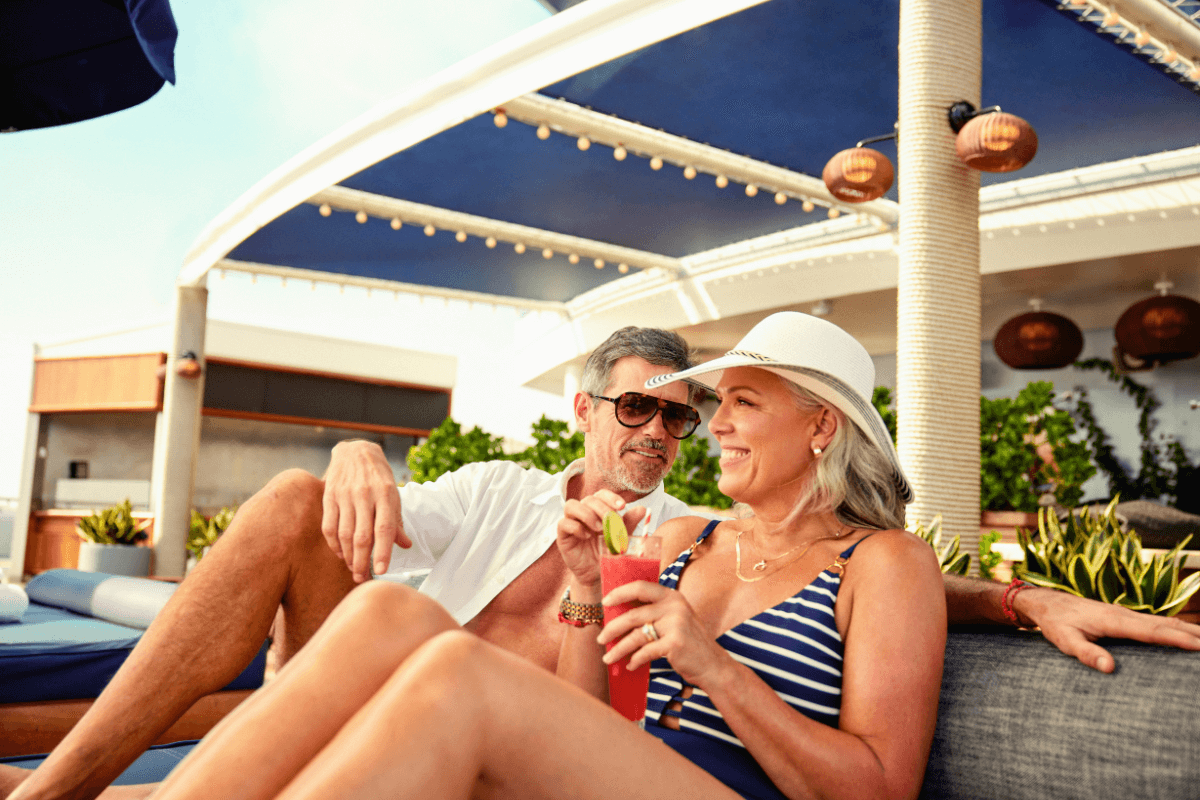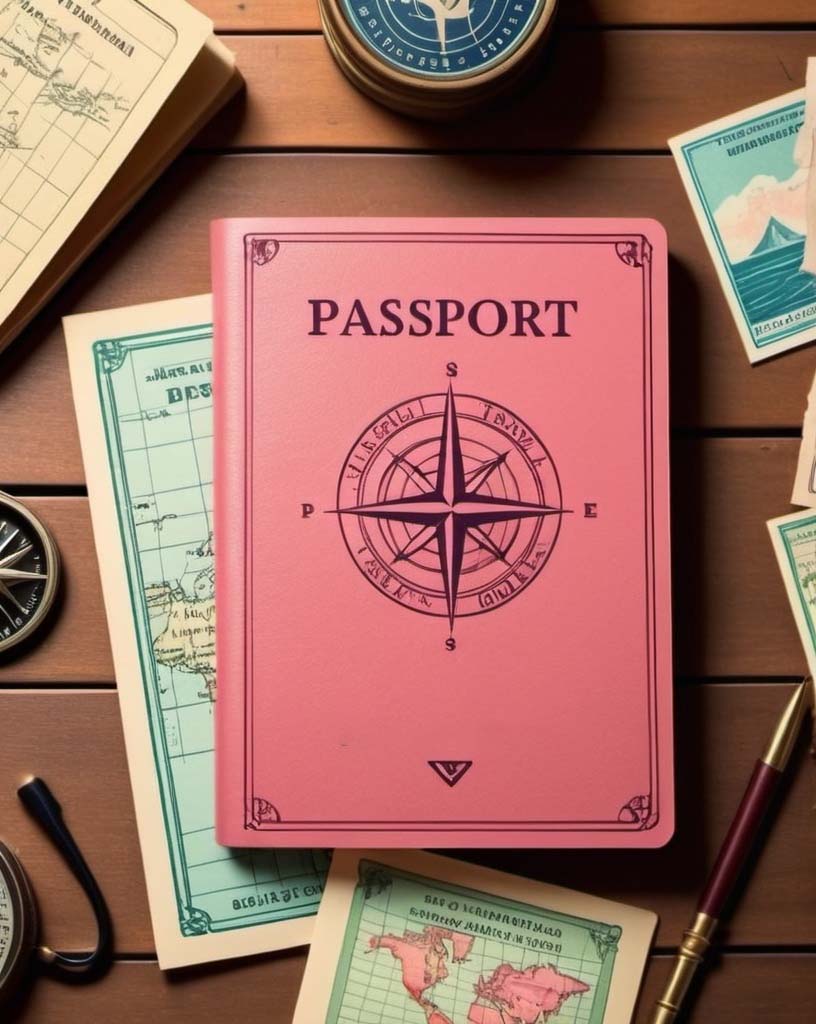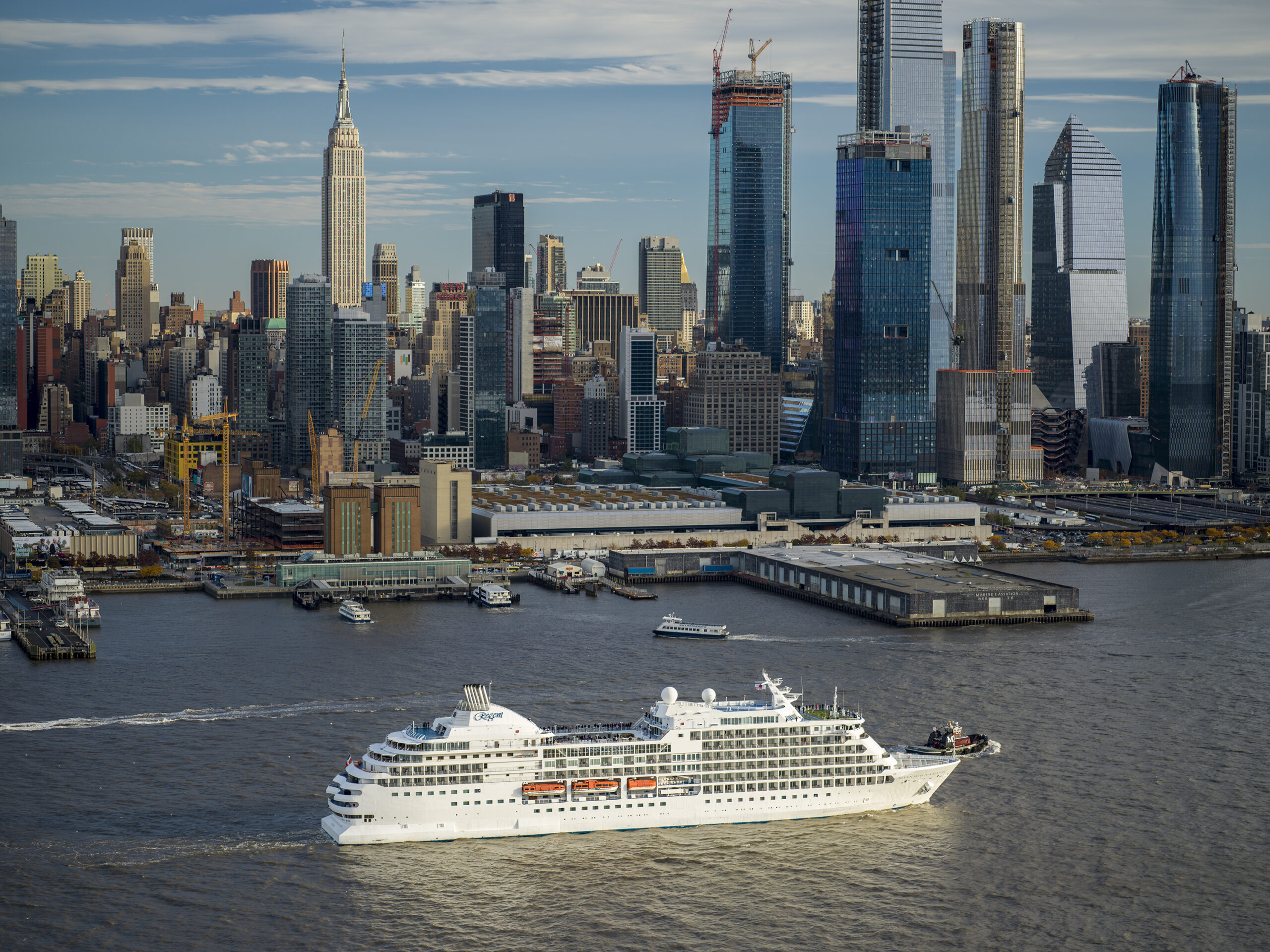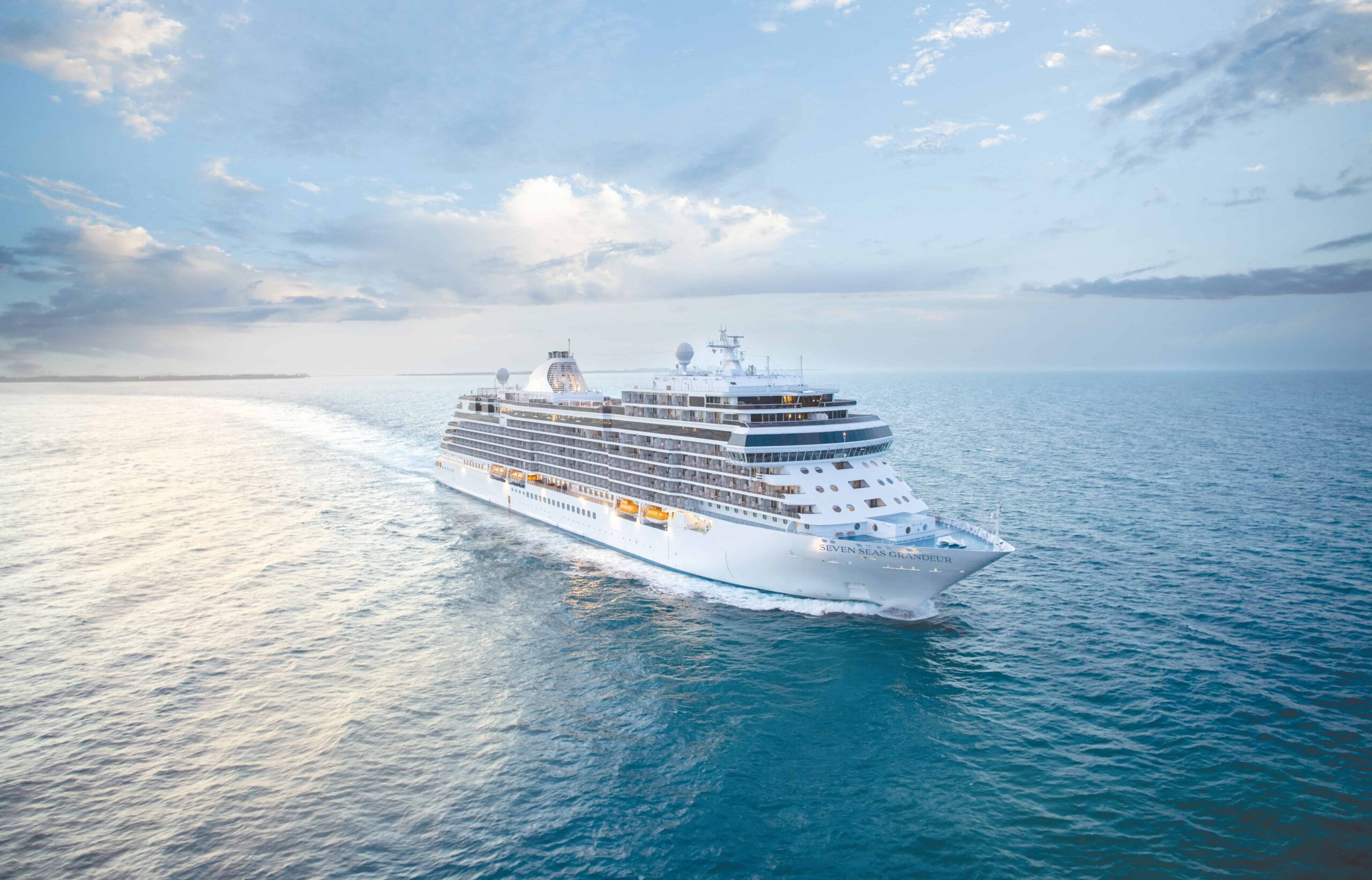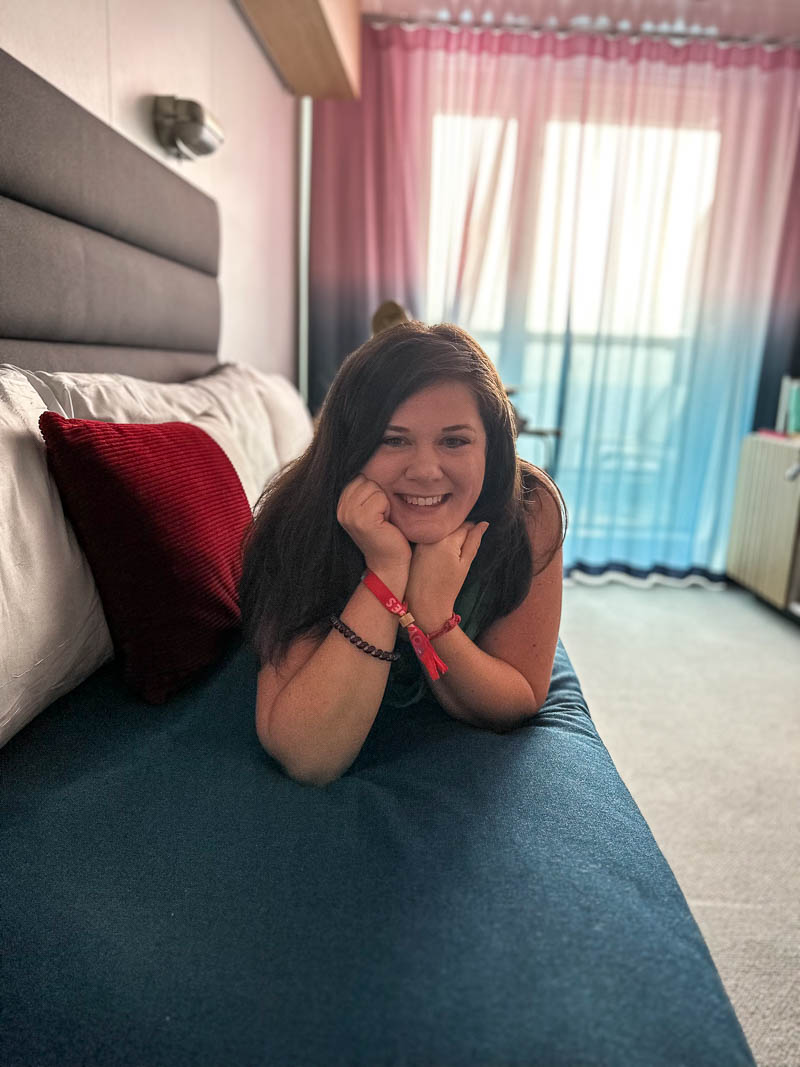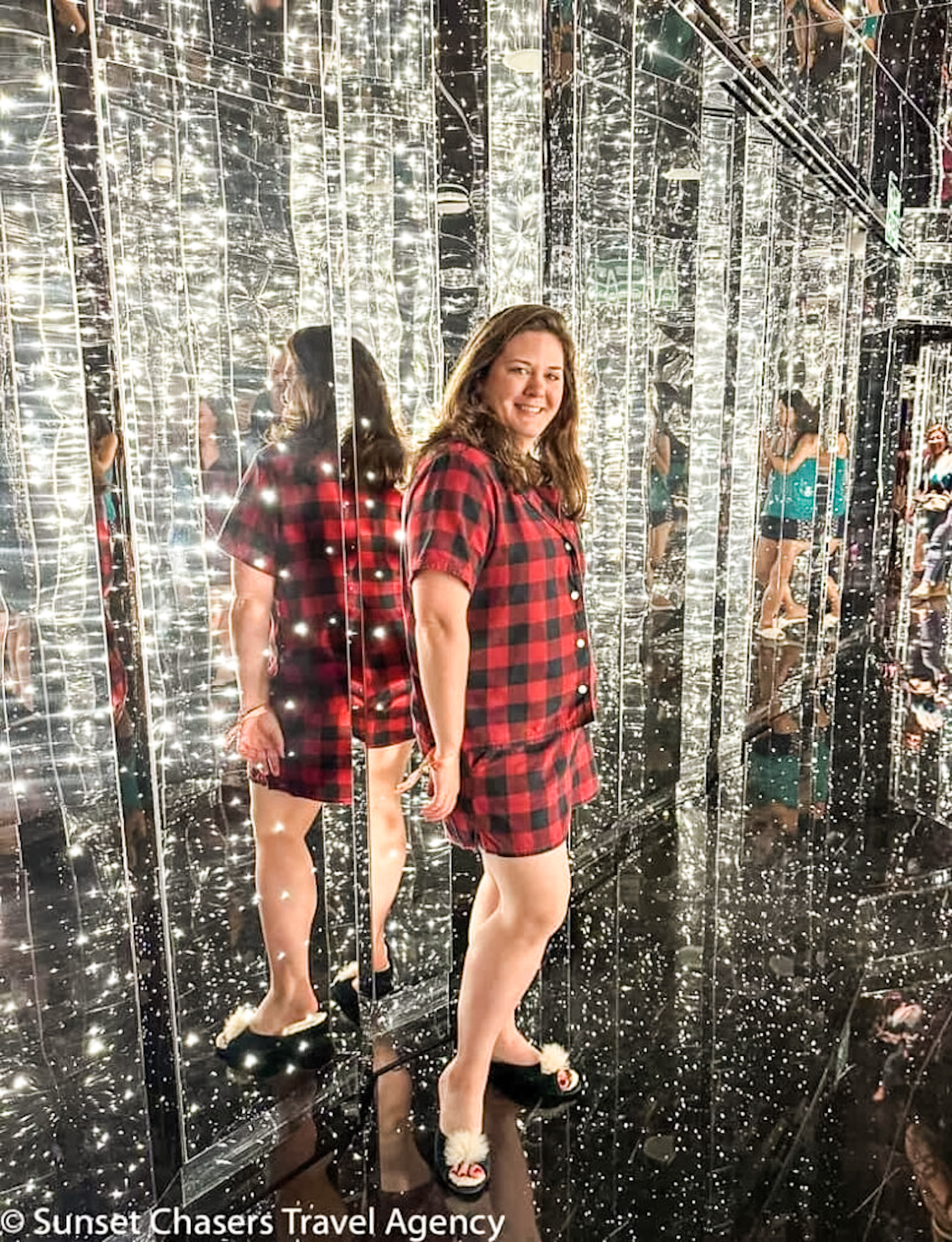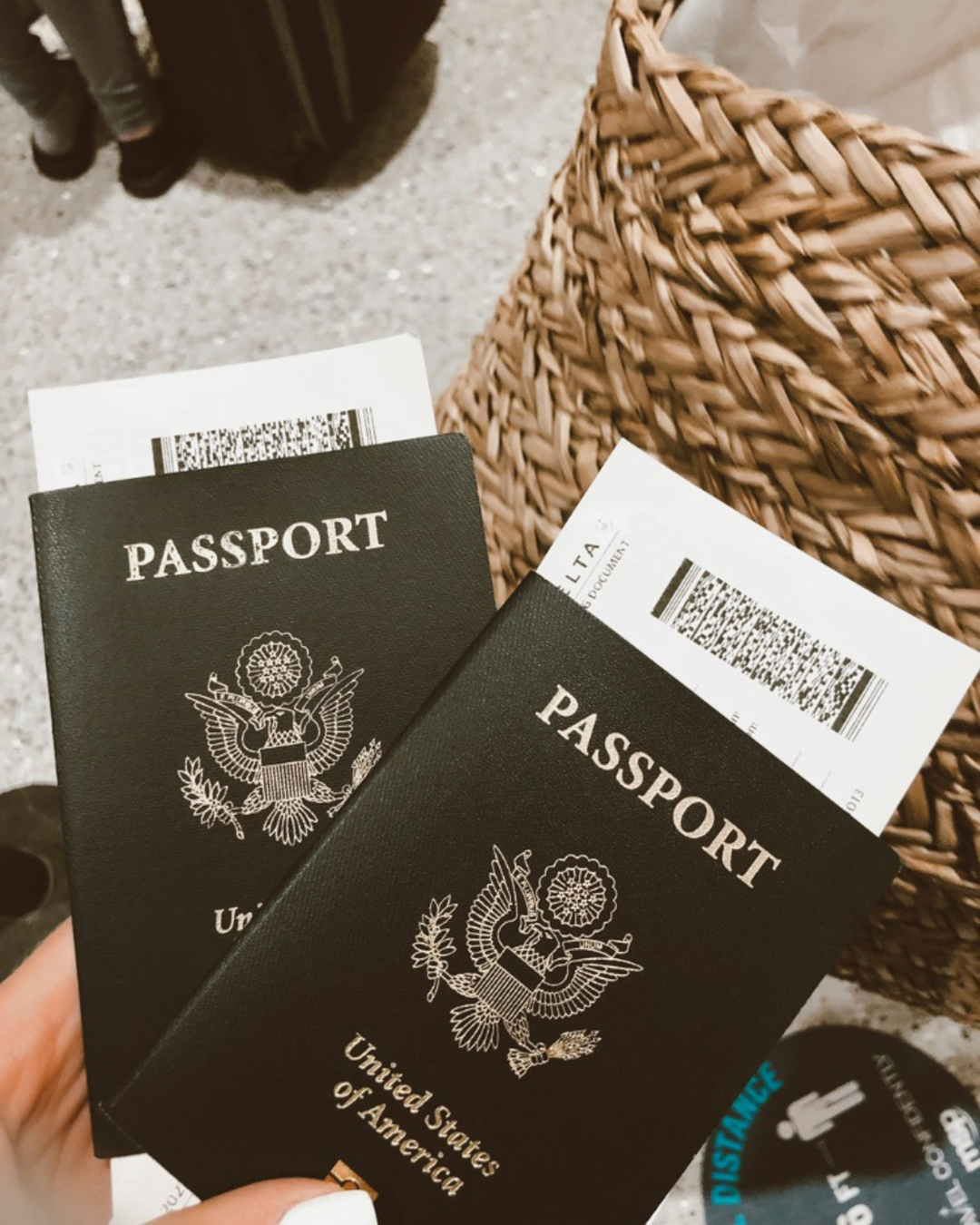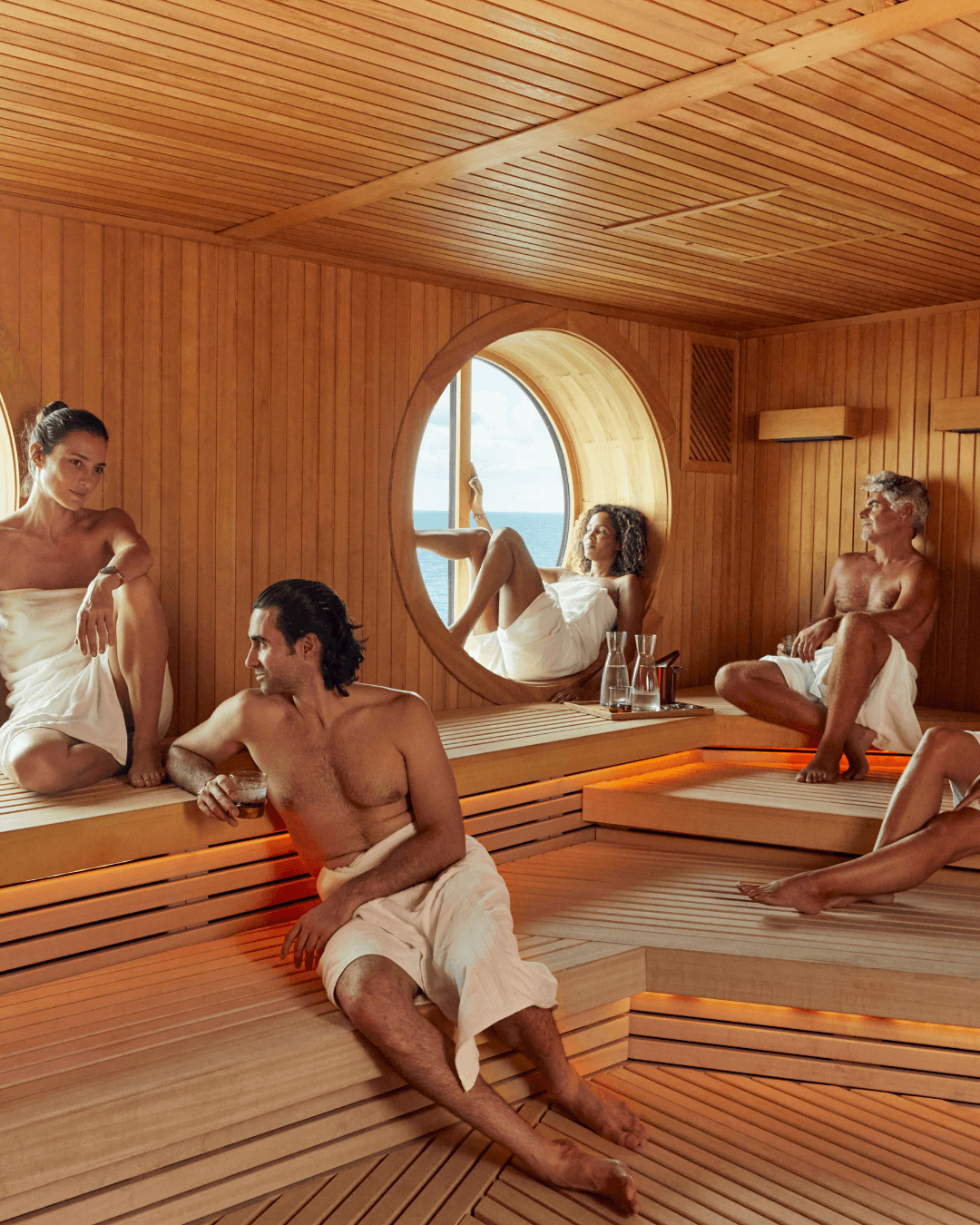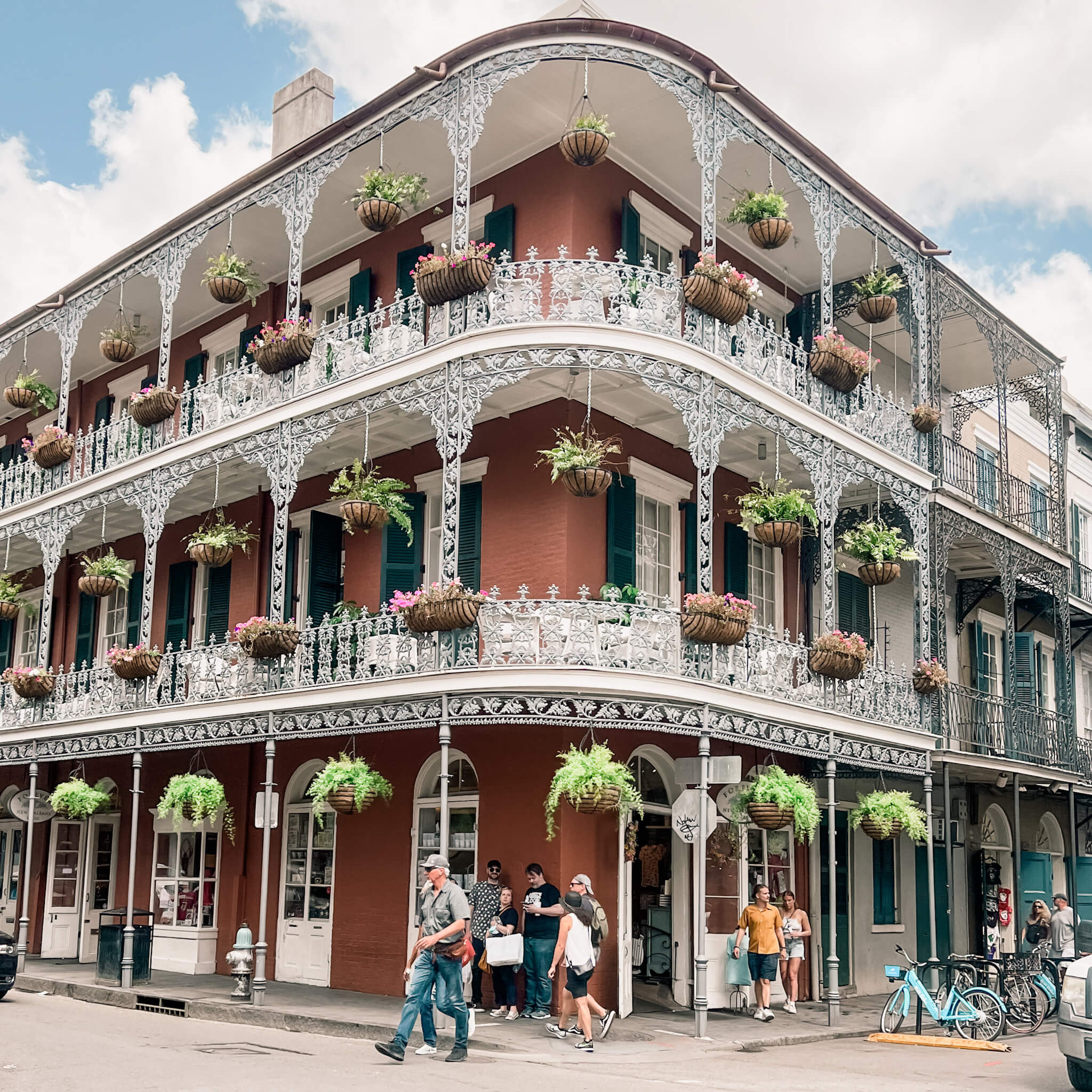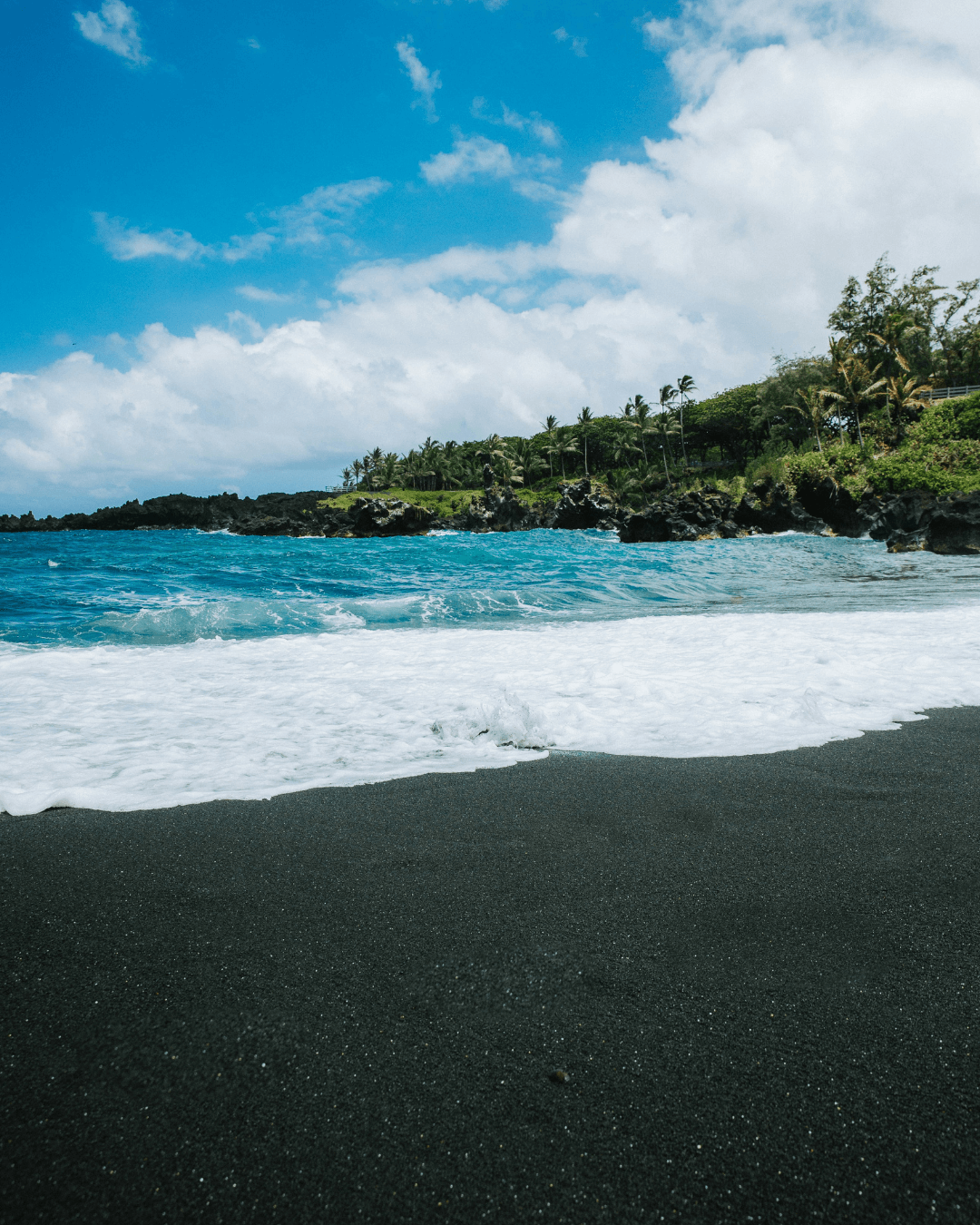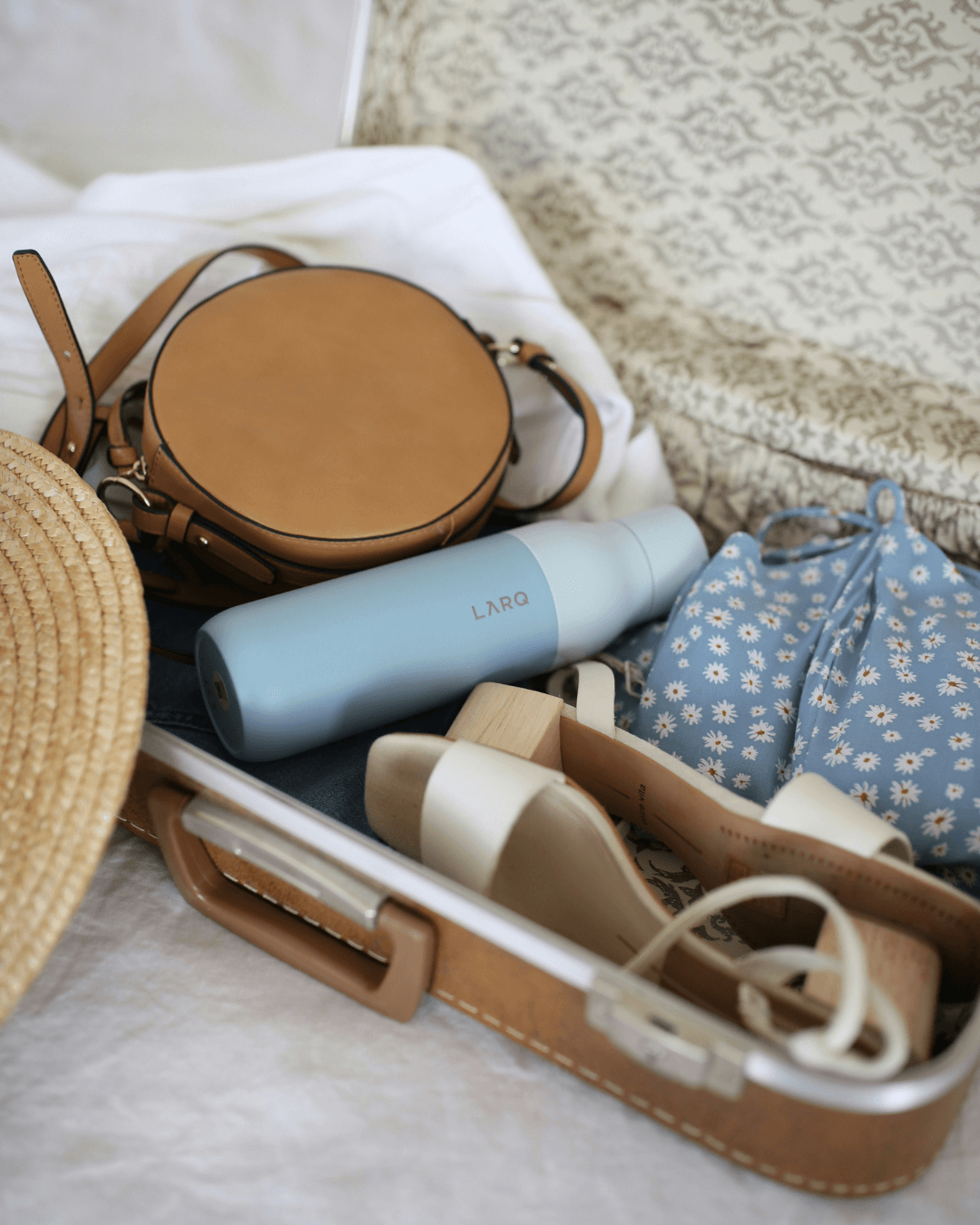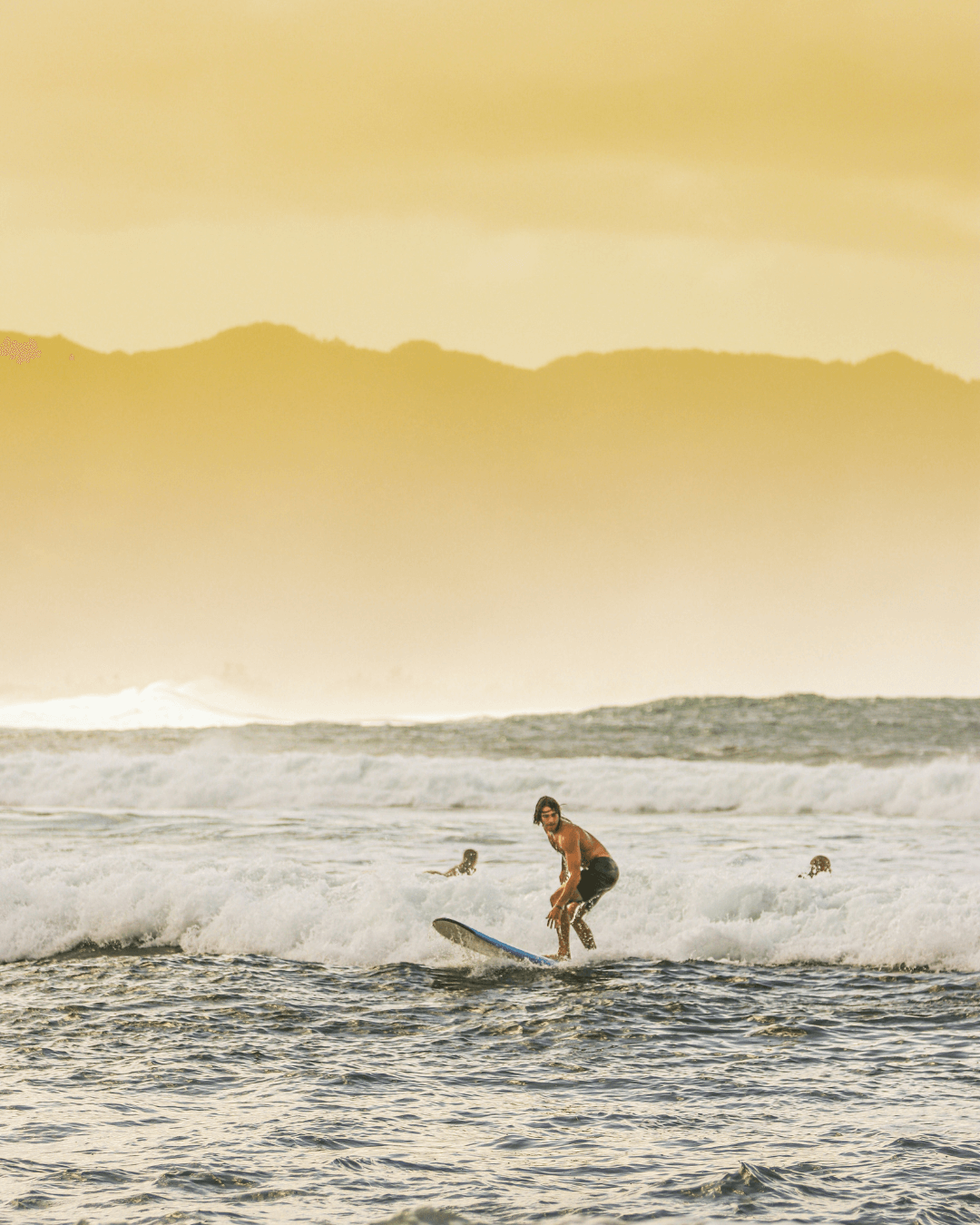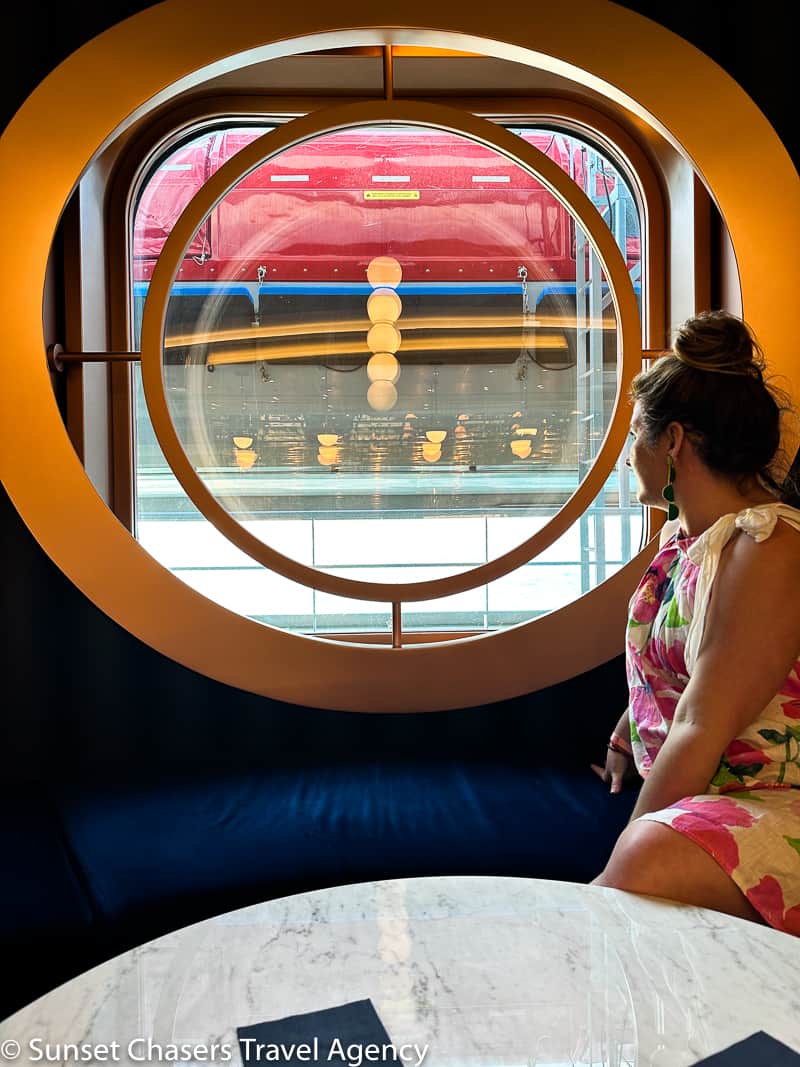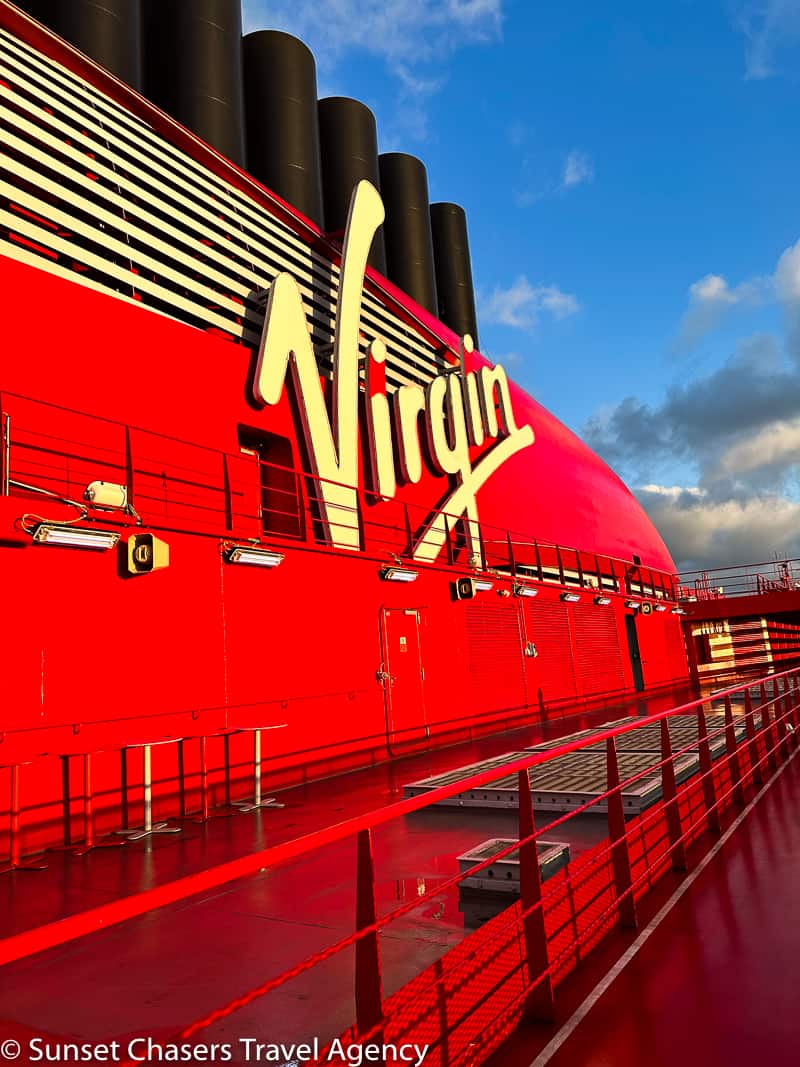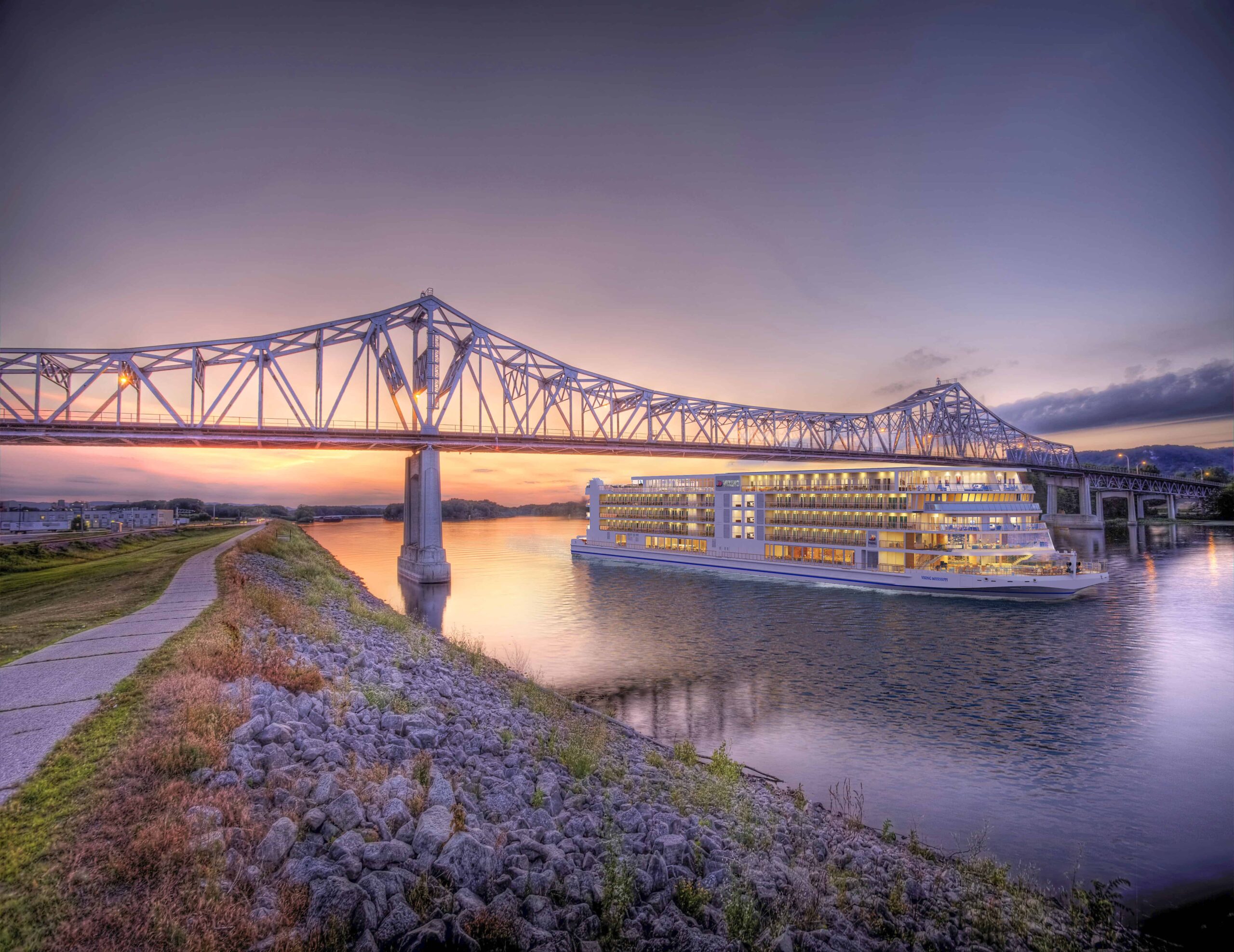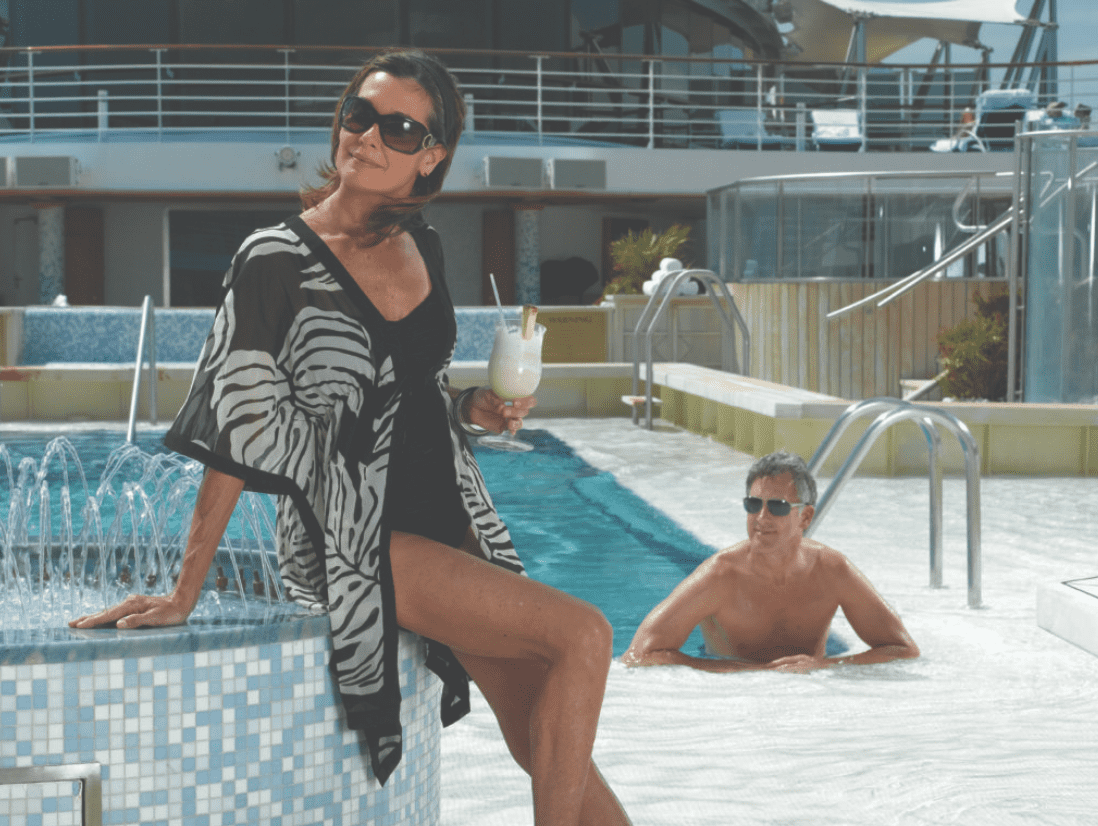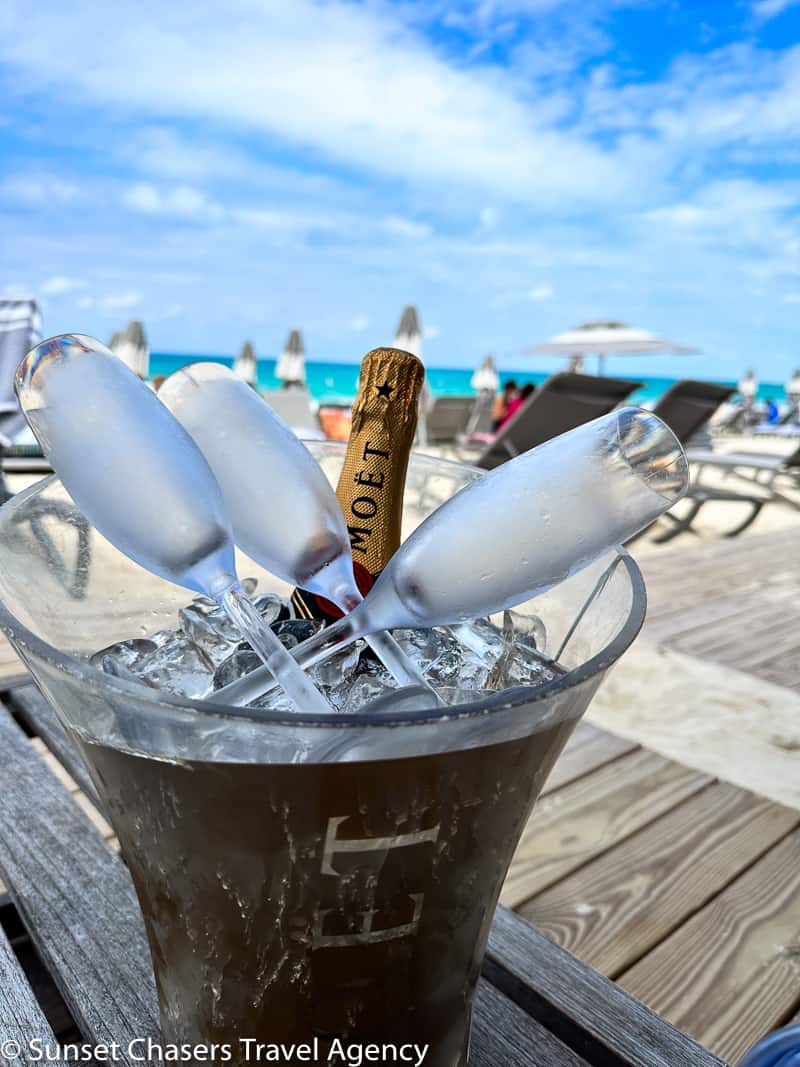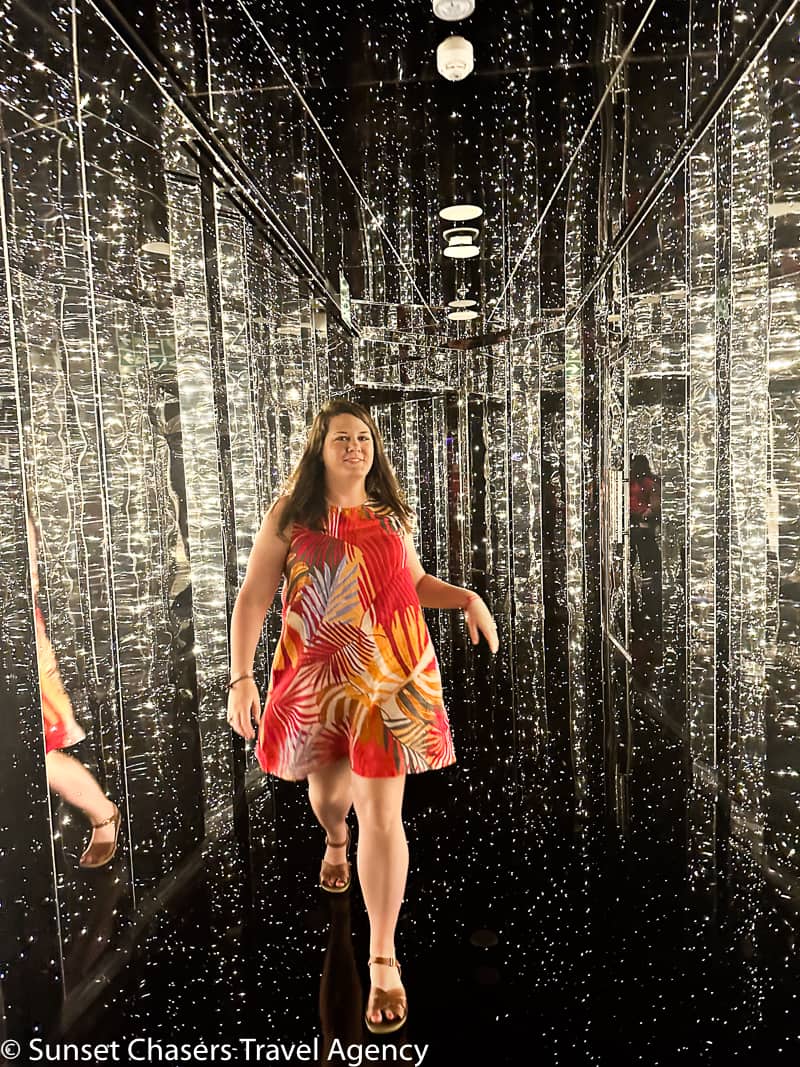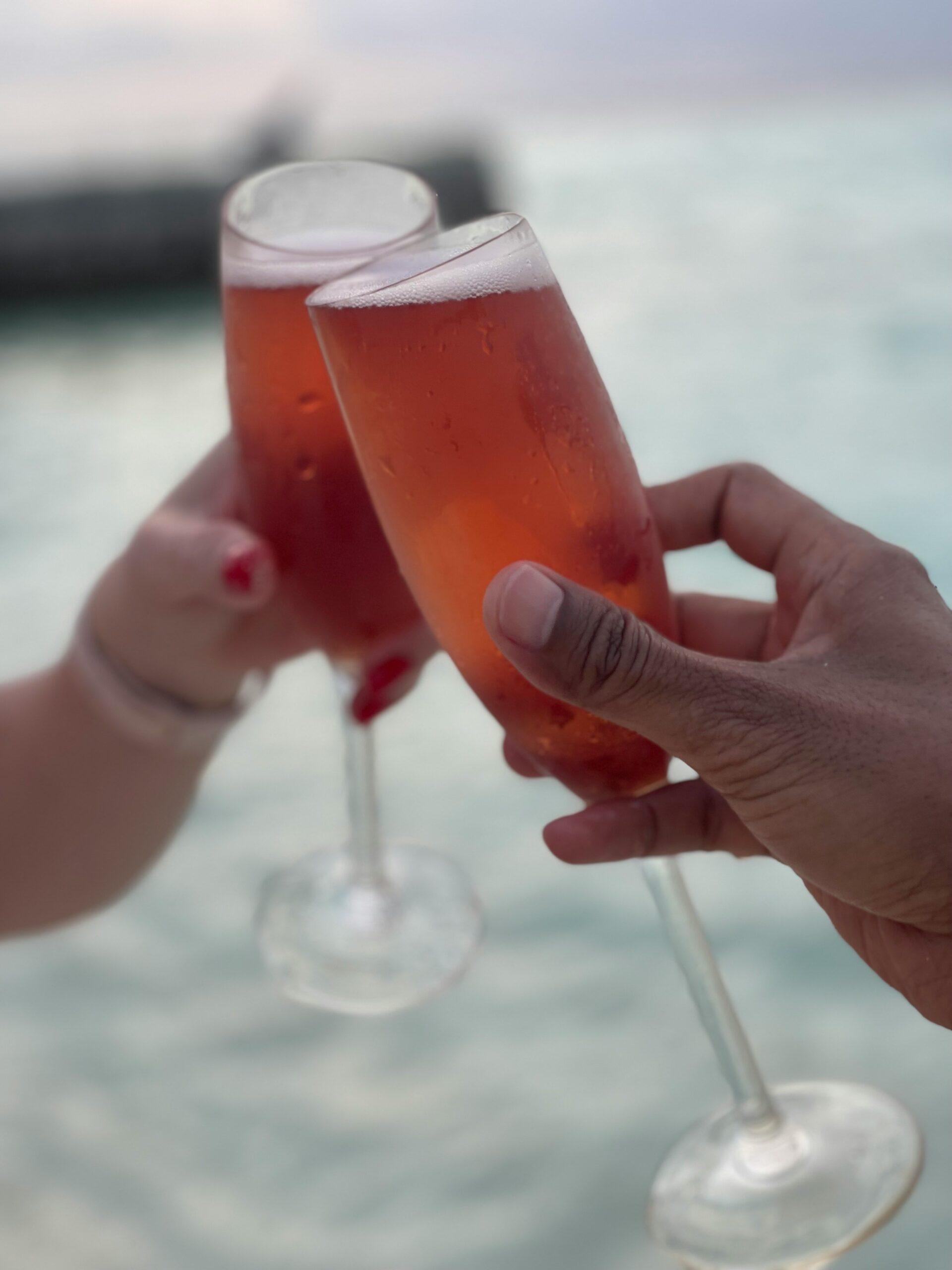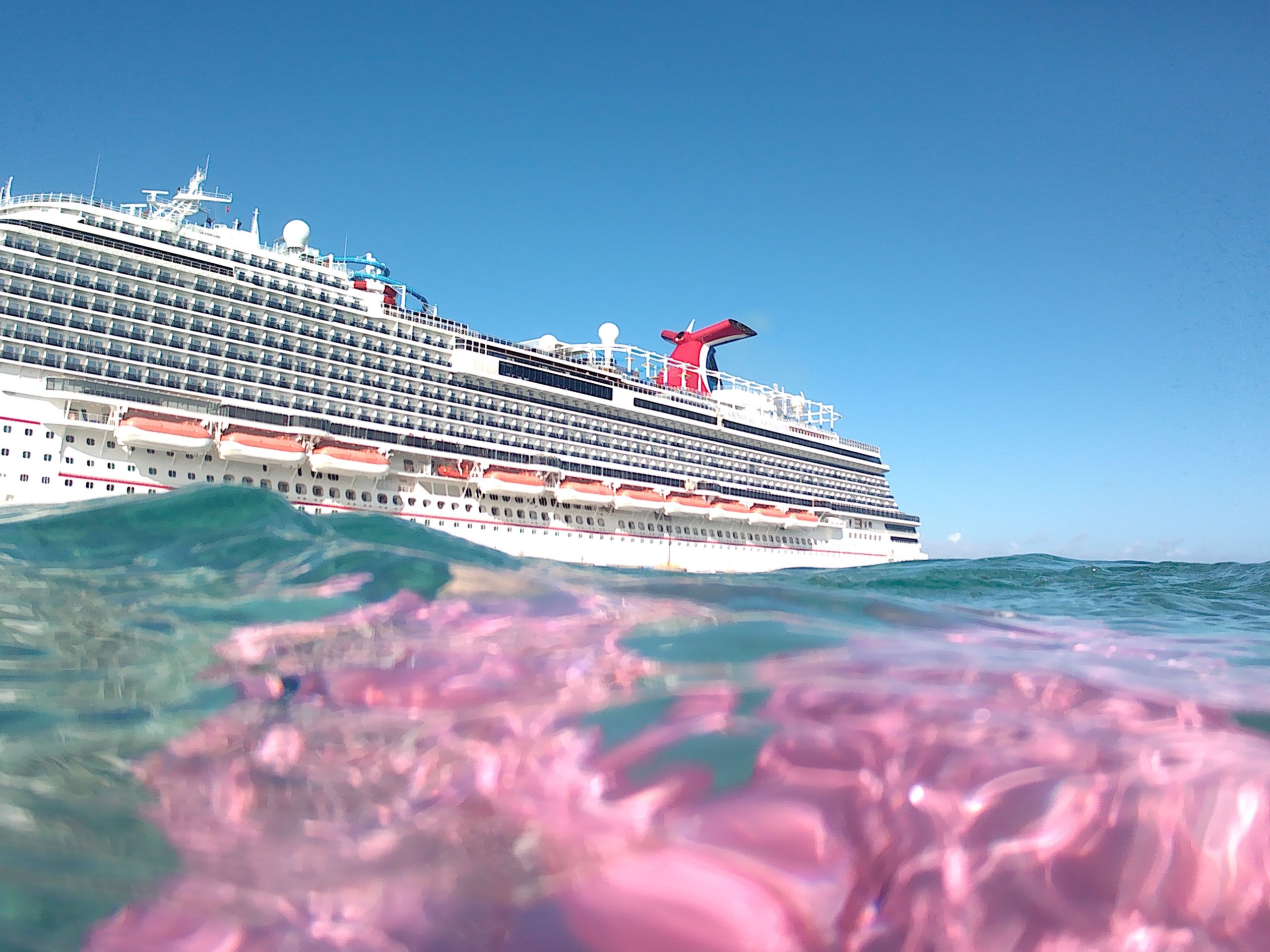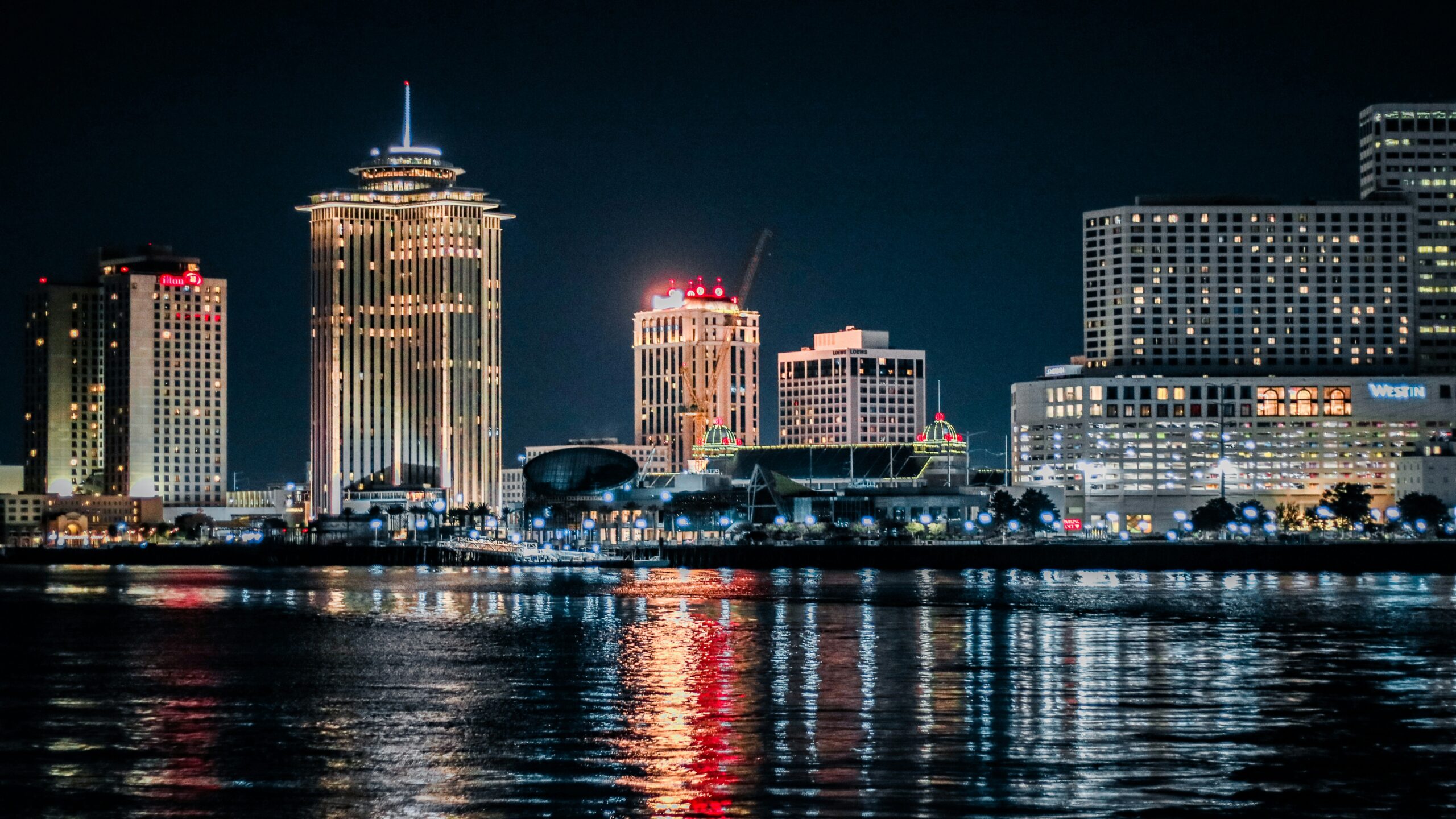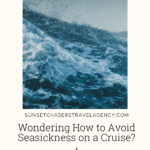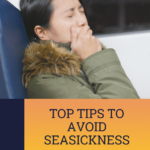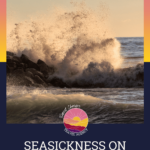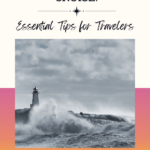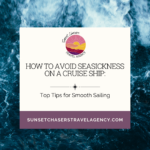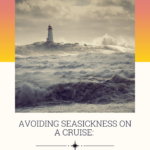
Going on a cruise vacation can be an exciting and memorable experience, but for some, it can also be a nauseating one due to seasickness.
This post contains affiliate links, advertisements, and links to Amazon Service LLC Associates Program. As an Amazon Associate, I earn from qualifying purchases. To learn more, go to my Disclosure page.
What is Seasickness?
Seasickness is a form of motion sickness caused by the ship’s movement and can lead to symptoms such as dizziness, nausea, vomiting, and headaches. Choosing the right cabin on a cruise ship can be crucial in avoiding seasickness and ensuring a comfortable trip.
In this article, we will discuss the best deck and location on a cruise ship to avoid seasickness.
Why do people get seasick, and what causes it?
Seasickness is a form of motion sickness that occurs when the brain receives conflicting messages from the body due to the motion of a ship on the water. This can lead to symptoms of seasickness, such as dizziness, nausea, vomiting, and headaches.
Other symptoms include excessive perspiration, loss of appetite, and difficulty focusing. All in all, seasickness can feel like unrelenting misery, and the room will seem to be spinning in circles when symptoms become extreme.
When the ship moves, the inner ears sense the motion and send signals to the brain that the body is moving. However, the eyes may not detect this motion, especially if the person is inside a cabin without windows or looking at a stationary object. This conflicting information between the senses can cause the brain to become confused, leading to seasickness.
Other factors that can contribute to sea sickness include:
- Rough seas
- Wind
- The motion of the ocean
- The person’s susceptibility to motion sickness
Some individuals are more prone to motion sickness than others and may experience symptoms more frequently or with less movement.
Factors that affect your seasickness
Even an experienced cruiser can experience seasickness, but there are some factors to be aware of that can affect your chances of feeling sick on a cruise.
Type of Cabin
The type of cabin can make a big difference in terms of comfort and avoiding seasickness. Inside cabins, for example, have no windows or natural light, making it harder for the brain to adjust to the ship’s movement.
On the other hand, ocean views and balcony cabins offer better views and easy access to fresh air, which can help alleviate seasickness symptoms.
Sunset Chasers always recommends upgrading to a Balcony Cabin if it is within your budget.
Deck Location
Deck location is another important factor to consider. Lower decks tend to have less movement and are closer to the ship’s center of gravity, making them an excellent option for those prone to seasickness.
Midship cabins are also recommended as they experience the least amount of movement. On the other hand, cabins located at the front and back of a cruise ship tend to experience more movement and are less ideal for those susceptible to seasickness.
The lower deck you are to the ocean, the less you may experience motion sickness.
How many Decks are on a Cruise Ship?
Cruise ship decks are numbered from the bottom to the top tier, starting with Deck 1. Cruise ships can go as high as Deck 20. or more. A cruise line, like MSC, skips the numbering together and names the decks after famous artists or ornamental flowers.
There are various decks on a cruise ship, but the most
Landing Deck– This is usually the lowest deck of the ship, where you get off and on at ports. Typically guests can go as high as this deck, and it may be around decks 4-5.
Promenade Deck – Usually around mid-ship, the Promenade deck allows you to walk around the edge of the ship.
Lido Deck– On most cruise ships, the Lido Deck features the main outdoor swimming features.
Sun Deck – The sun deck on a cruise can include lots of sunbathing areas and loungers and typically looks into the Lido Deck.
Sports Deck – Typically located on the top of the ship, this deck offers many spots to work out, including basketball courts.
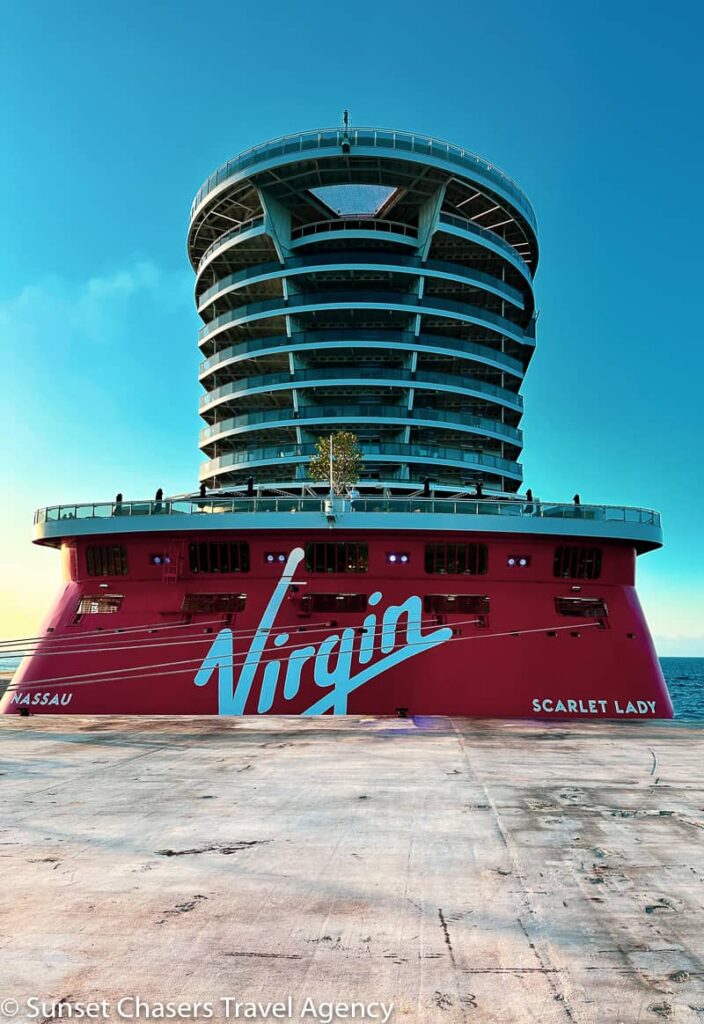
Cabin location
Being near public spaces, the engine room, and foot traffic can also impact your health on a cruise. Cabins near public areas, such as the pool deck or main dining room, may experience more foot traffic and noise, disrupting sleep for light sleepers and contributing to seasickness symptoms.
Cabins near the engine room can also be noisier and have more vibration, leading to discomfort for some passengers.
One of my favorite things is to look up cruise reviews on individual cabin locations that previous guests have left.
Size and type of ship
Big ships tend to be more stable and experience less movement than smaller vessels, making them a good choice for those prone to seasickness.
Additionally, river cruises tend to have less rough waters than ocean cruises, which can also be beneficial for avoiding seasickness.
If you are on a smaller ship crossing the Gulf of Mexico or the Atlantic Ocean, be prepared to experience seasickness symptoms when not sailing through calm waters.
Choosing a cabin on a cruise ship
You can usually choose your cabin on a cruise ship when booking your cruise. Cruise lines typically offer different cabin categories, each with its price point and location on the ship. Choosing the right cruise ship cabin can make a massive difference to your cruise experience.
The ship’s deck plans are often helpful tools for selecting the cabin most suitable for your cruise needs and preferences. You can get the deck plans from your travel agent or the cruise line’s website.
Consider many factors, such as seasickness, budget, and even mid-ship location, before selecting. Also, review different category options for higher levels of comfort, spaciousness, or other benefits that come with that cruise ship cabin choice.
If you tend to get sick, steer clear of interior cabins or guarantee cabins. Sometimes the guaranteed cabin location could be better, even if you are getting a good bargain.
Cabins on a cruise ship
When choosing a cabin located on a cruise ship, the position of the cabin on the ship can make a difference in comfort and convenience.
Front of the ship
Cabin locations at the front of the ship, also known as Forward, tend to experience the most movement and may be more susceptible to rough seas. These cabins may be louder due to the noise from the ship’s movement and waves hitting the bow. However, they often offer stunning panoramic views of the ocean.
Middle of the ship
Midship cabins, located in the ship’s center, are generally considered the most stable and least susceptible to motion. They are closer to the ship’s center of gravity, which can help to reduce the feeling of movement. These cabins may also be quieter as they are further from the engine and public areas. Midship cabins are usually the most popular and may fill quickly, especially on larger ships.
Back of the ship
Cabins at the back of the ship, also known as the aft, can be susceptible to more movement than midship cabins. However, they may offer quieter accommodations as they are usually further from public areas and the engine room. Some people also prefer aft cabins because they offer beautiful ocean views of the ship’s wake.
Balcony Rooms
A balcony room can be good for seasickness, as it provides access to fresh air and natural light, which can help alleviate symptoms. Some passengers find that stepping outside and seeing the horizon helps reduce feelings of nausea or disorientation.
However, the location of the balcony room on the ship can also be a factor in its effectiveness in preventing seasickness. Midship balcony rooms on lower decks are often considered the most stable and are less prone to experiencing the ship’s movement, while balcony rooms located at the front or back of the ship may be more susceptible to motion.
Decks on a cruise ship
The number of decks on a cruise ship can vary depending on the size and design of the ship. Generally, modern cruise ships can have anywhere from 12 to 16 decks, and some of the largest ships may have more. Some smaller or older cruise ships may have fewer decks. The decks are usually numbered from bottom to top, with the lowest deck being Deck 1 and the highest deck being the Sun Deck or Sky Deck.
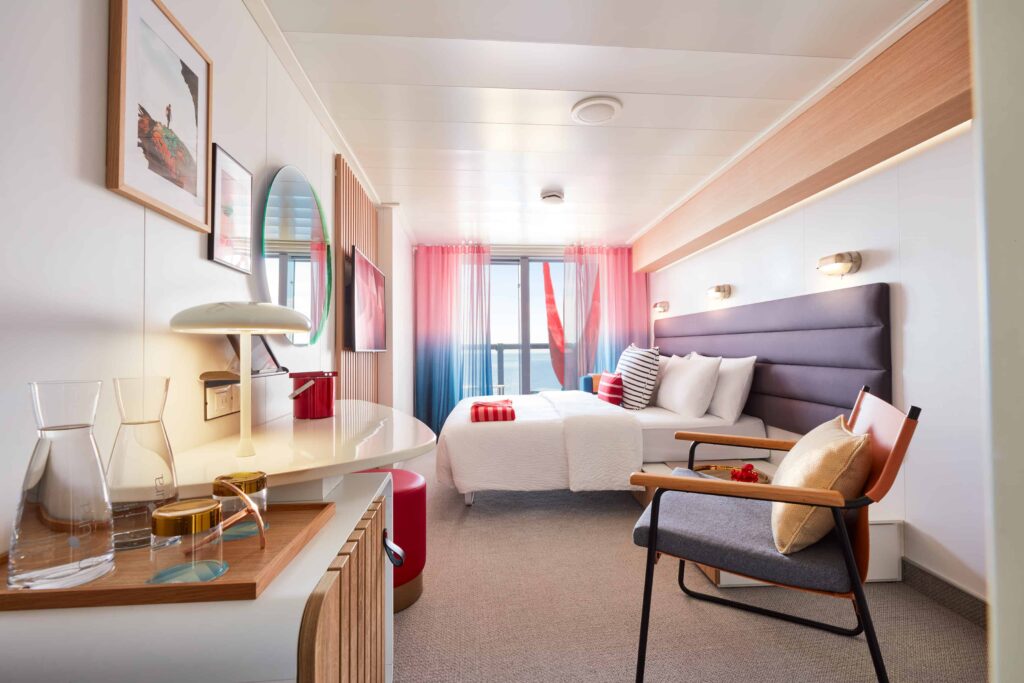
Best decks for people with seasickness
Decks located in the middle of the ship and closer to the waterline are generally considered the best for people who suffer from seasickness. This is because cabins in the middle of the ship experience less movement and are less affected by the ship’s pitch and roll. Additionally, being closer to the waterline can help reduce the feeling of motion, providing a better visual reference point.
Lower decks, which are closer to the ship’s center of gravity, are also considered better for those prone to seasickness as they experience less motion than higher decks. Cabins located on upper decks, especially towards the front or back of the ship, may be more susceptible to the ship’s movement and should be avoided by those prone to seasickness.
Lido Deck
The lido deck is typically the topmost deck of a cruise ship and is often the central hub of onboard activity. It usually features a swimming pool, hot tubs, loungers, a bar, and sometimes even a stage for live entertainment. While the lido deck can be a great place to relax and soak up the sun during the day, it may not be the best location for a cabin for those prone to seasickness.
This is because the lido deck is located at the top of the ship, which means it will experience more movement than cabins on lower decks. The constant motion of the ship, combined with the noise and activity on the lido deck, can make it difficult for some passengers to get a good night’s sleep.
Tips for avoiding seasickness on a cruise ship
If you want to prevent seasickness, there are a few tips that will help you have smooth sailing and a great cruise trip.
Take motion seasickness medication or natural remedies
Motion sickness medication such as Dramamine or Meclizine can help alleviate symptoms of seasickness. These medications are available over-the-counter or can be prescribed by a doctor.
Additionally, natural remedies such as ginger ale or green apples have been found to effectively reduce nausea and vomiting associated with motion sickness.
It’s essential to consult a doctor before taking any medication or supplements to ensure they are safe and effective.
Mallory, the one in our family who gets seasick more often than the rest, typically takes Dramamine 2 days before setting sail, every day while sailing, and two days after to prevent motion sickness.
Seek fresh air and natural light.
Fresh air and natural light can help alleviate the symptoms of seasickness. The fresh air helps by providing oxygen and helping to clear the lungs. In contrast, natural light helps the body to reset its internal clock, reducing any disorientation it may be experiencing.
Exposure to natural light also promotes a sense of alertness, which can help to alleviate seasickness-related symptoms such as nausea and queasiness.
Both of these tips also help if you are suffering from being Jett-legged.
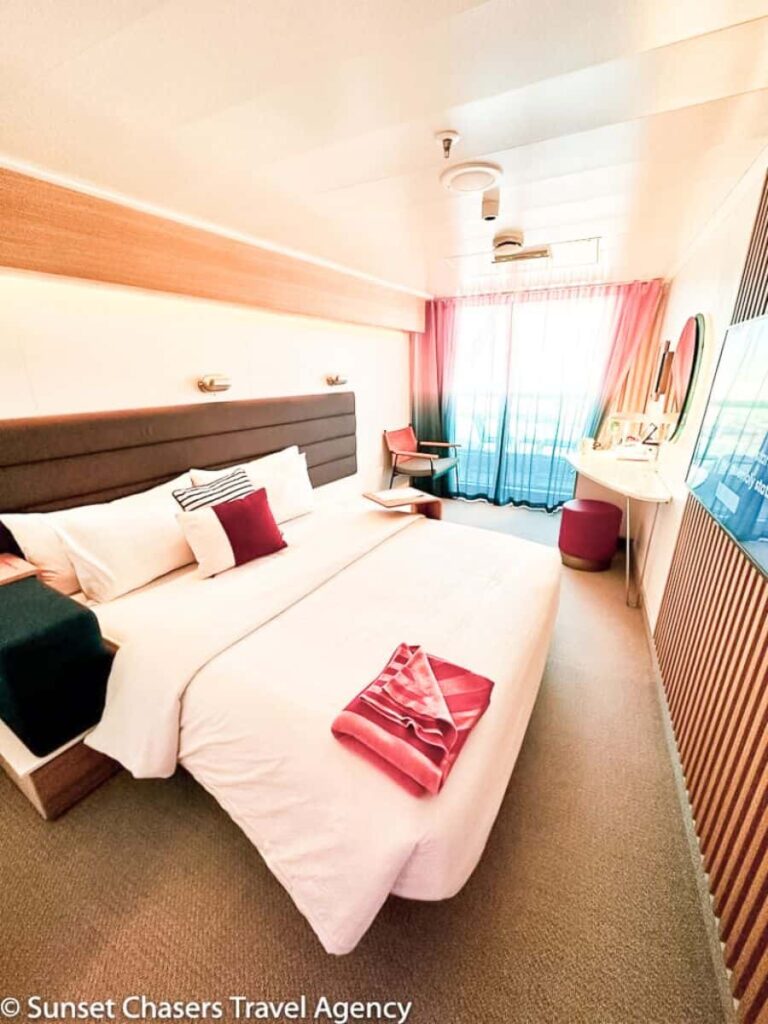
Avoid heavy meals and alcohol.
Heavy meals and alcohol can exacerbate seasickness symptoms. Heavy meals strain the stomach, which could worsen your symptoms if you already suffer from motion sickness.
Alcohol can have a similar effect, as it affects the body’s sense of balance but can also cause dehydration. It keeps to light snacks and hydrates with plenty of water before and during a voyage.
If you know you want to eat at a steakhouse, make sure to eat at it the night before you disembark or the night before you have an intensive port day!

Keep a positive attitude and focus on enjoying the experience.
Keeping a positive attitude and enjoying the experience can help alleviate seasickness symptoms. This is because anxiety and stress can exacerbate feelings of nausea and dizziness. Instead, try to stay relaxed and focus on enjoying the activities and experiences on the cruise ship.
If you are experiencing a rough day at sea, you will eventually get your sea legs or finally dock at your port of call.
How to avoid Seasickness on a Cruise Ship and Where to Stay
Choosing the right cabin location is essential for avoiding seasickness and ensuring a comfortable and enjoyable cruise vacation. Midship cabins on lower decks and balcony cabins are often the most recommended, while cabins at the front and back of the ship and on top decks should be avoided.
In addition to choosing the right cabin location, taking motion sickness medication or natural remedies, seeking fresh air and natural light, and avoiding heavy meals and alcohol can all help alleviate seasickness symptoms. For first-time cruisers, it’s essential to do your research and choose the right cabin for your needs to ensure a memorable and enjoyable cruise experience.

